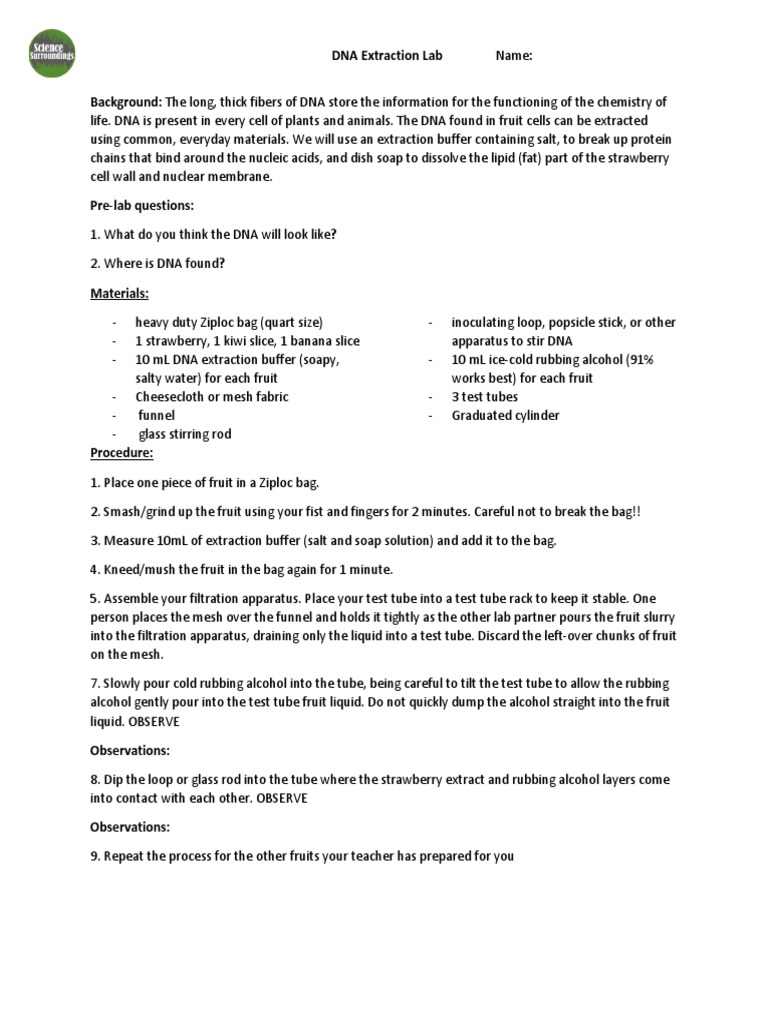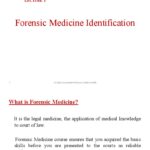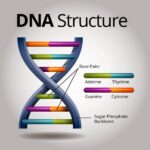Embarking on the realm of molecular biology, one often encounters the pivotal procedure of DNA extraction. A well-crafted lab report is not merely a record of the experiment; it serves as a meticulous exposition of the methodology, results, and inferences drawn from the genetic material. Comprehending how to articulate this process with precision is paramount. This guide will illuminate the essential components for constructing an exemplary DNA extraction lab report.
I. Title Page: The Vanguard of Clarity
The title page, the initial point of contact, should be concise and informative. Include the title of the experiment (“DNA Extraction from [Source Material]”), your name, the date of submission, and the course or institution affiliation. A well-defined title immediately orients the reader to the report’s subject matter.
II. Abstract: A Synopsis of Scientific Inquiry
The abstract is a succinct summation of the entire report, encapsulating the purpose, methods, key findings, and salient conclusions. It should be self-contained and no more than 250 words. Imagine it as an elevator pitch for your experiment. The abstract should highlight the rationale behind the DNA extraction, the methodology employed (e.g., phenol-chloroform extraction, salting out, or silica-based column purification), a synopsis of the results (quantified, if possible, using spectrophotometry or gel electrophoresis), and the consequential interpretations derived from the data. Consider adding a sentence about the potential applications or implications of the extraction.
III. Introduction: Setting the Stage for Discovery
The introduction lays the groundwork for the experiment. Begin by providing background information on DNA and its significance in biological research. Explain the principle underlying DNA extraction, elucidating why it’s a crucial preliminary step for various downstream applications (e.g., PCR, sequencing, or genetic analysis). State the specific objective of your experiment clearly. A good introduction also includes a concise literature review, citing relevant studies or established protocols that inform your approach. End with a clear hypothesis or research question that your experiment aims to address.
IV. Materials and Methods: A Chronicle of Procedures
This section is the bedrock of reproducibility. Provide a detailed account of all materials utilized, including reagents, equipment, and source material. Articulate the extraction protocol with meticulous precision. Include specific quantities, concentrations, incubation times, centrifugation speeds, and any deviations from standard protocols. Use descriptive language, avoiding ambiguity. For instance, instead of “centrifuge,” specify “Eppendorf Centrifuge 5424R.” Consider using a flowchart or a numbered list to illustrate the sequential steps involved in the extraction process. This section must allow another researcher to replicate your experiment precisely.
V. Results: Unveiling the Empirical Evidence
The results section presents the raw data obtained from your experiment. Present the data objectively, without interpretation at this stage. Use tables, graphs, and figures to illustrate your findings effectively. For example, if you quantified the DNA using spectrophotometry, present the absorbance values at 260 nm and 280 nm, along with the calculated DNA concentration and purity (A260/A280 ratio). If you performed gel electrophoresis, include a clear image of the gel, labeled with sample names and a DNA ladder. Provide a concise narrative description of the key observations, drawing attention to significant trends or patterns in the data.
VI. Discussion: Interpreting the Tapestry of Data
This is where you interpret the results in the context of your hypothesis and existing knowledge. Discuss whether your results support or refute your hypothesis. Explain any discrepancies or unexpected findings. Compare your results to those reported in the literature, citing relevant studies. Address potential sources of error or limitations in your experiment. Explore the implications of your findings and suggest future research directions. Discuss the efficiency of your extraction method and consider alternative methods. This section should demonstrate your critical thinking and analytical skills.
VII. Conclusion: A Synthesis of Discoveries
The conclusion is a concise summary of the main findings and their significance. Restate the purpose of the experiment and summarize the key results. Emphasize the major conclusions drawn from the data. Briefly discuss the implications of your findings and their contribution to the field. Avoid introducing new information in the conclusion. End with a statement that leaves the reader with a clear understanding of the experiment’s outcome and its broader context.
VIII. References: A Foundation of Scholarly Integrity
The references section lists all sources cited in your report, adhering to a specific citation style (e.g., APA, MLA, or Chicago). Ensure that all citations are accurate and complete. Include the authors’ names, publication year, title of the article or book, journal name, volume number, page numbers, and DOI (if available). Proper citation is crucial for acknowledging the work of others and avoiding plagiarism.
IX. Appendices: Supplemental Information
The appendices may include supplementary materials that are not essential to the main body of the report but provide additional information or context. This could include raw data, detailed calculations, images of equipment, or troubleshooting notes. Clearly label each appendix and refer to it in the main body of the report.
Crafting a proficient DNA extraction lab report necessitates a meticulous approach, focusing on clarity, precision, and a profound comprehension of the underlying principles. By adhering to this framework, you can transform a routine experiment into a compelling narrative of scientific inquiry.










Leave a Comment